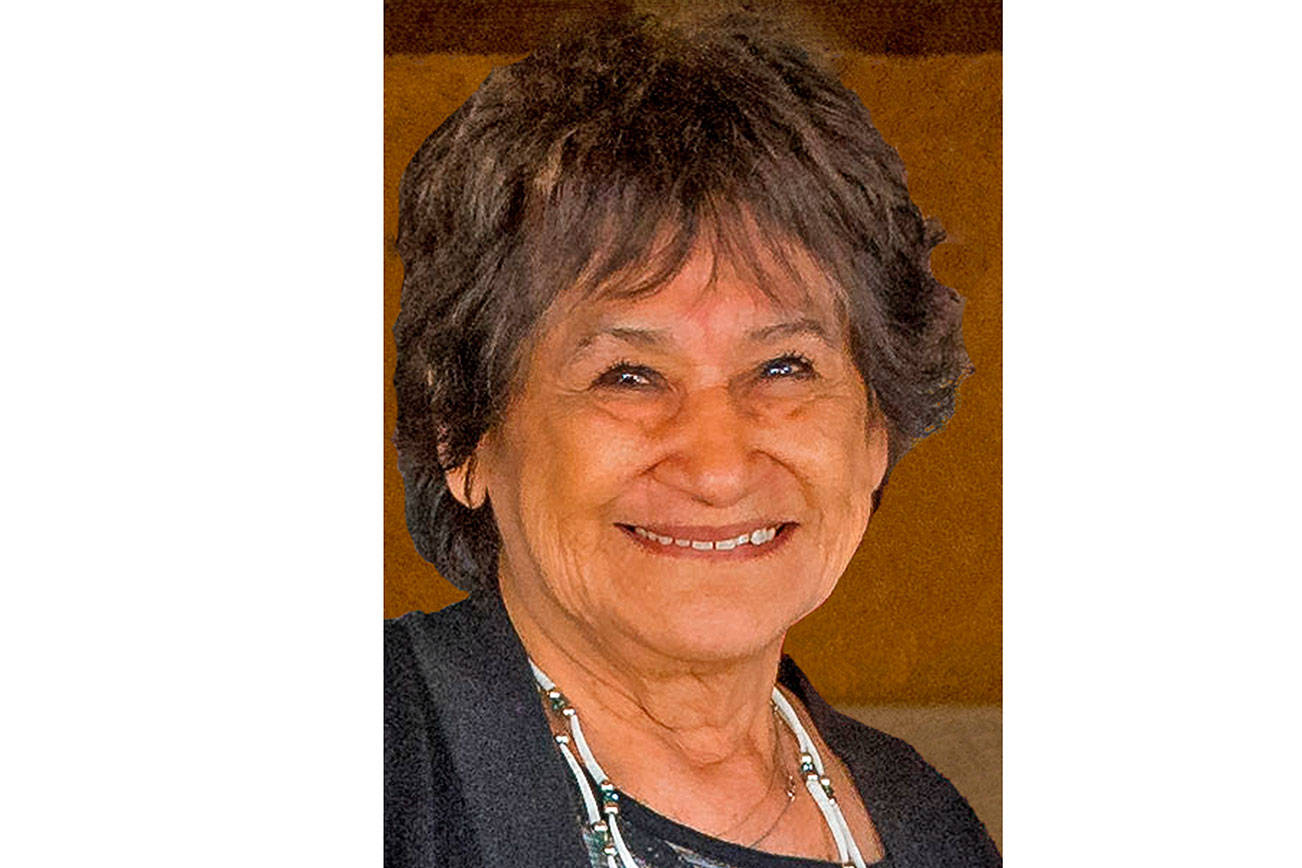We’re done! The second special session of your citizen Legislature ended on June 29. All totaled, it took state lawmakers 153 days to complete their work. While no one is proud of the extra time it took to pass the operating and capital budgets, and some meaningful reforms, we can say it resulted in thoughtful, bipartisan public policy that is good for our state. Below is a look at the state’s three budgets that passed this year for the 2013-15 budget cycle. The fiscal year began on July 1. You can learn more about each budget here: http://leap.leg.wa.gov/leap/budget/index_lbns.asp.
Operating budget
The operating budget is the largest of the state budgets and funds our public schools, both K-12 and universities, correctional facilities, debt service, state agencies and several state services. The 2013-15 operating budget, Senate Bill 5034, passed the House on a 81-11 vote and the Senate on a 44-4 vote — representing more bipartisanship than in recent years. It will spend $33.49 billion, leaving a reserve of $630.9 million. The operating budget includes $247 million in new revenue, primarily driven by litigation involving our state estate tax and telecommunications laws. It freezes tuition rates in our public universities and protects the safety nets for our most vulnerable. Perhaps most importantly, the operating budget dedicates $1 billion more to K-12 education in response to the state Supreme Court’s McCleary decision. Our state will spend $15.1 billion on education in the next two years compared to $13.6 billion in 2011-13. We also passed some meaningful reforms aimed at improving student outcomes and closing the achievement gap. Here is a breakdown of how some of the new, McCleary-driven money will be spent:
- $374 million: Materials, supplies and operating costs.
- $143 million: Learning Assistance Program.
- $132 million: Pupil transportation.
- $104 million: K-1 class-size reduction.
- $97 million: Increased instructional hours grades 7-12.
- $90 million: Full-day kindergarten beginning with at-risk student populations.
- $24 million: Counselors and parent coordinators.
- $19 million: Bilingual education.
- $15 million: Teacher-Principal Evaluation Program.
- $10 million: Struggling schools.
Capital budget
The capital budget funds the construction and repair of public buildings and other long-term investments, such as land acquisitions and transfers. It also considers state money that is either provided or lent to local governments or nonprofit organizations. The 2013-15 capital budget, Senate Bill 5035, was the last bill to pass in the second special session. It includes $3.61 billion in total spending, including $780 million for education-related projects, and issues $1.92 billion in bonds. The capital budget will make new investments in the Monroe Correctional Complex — including improvements to its video systems. For a list of all projects, please visit: http://leap.leg.wa.gov/leap/Budget/leapdocs/ccProjList_0629.pdf.
Transportation budget
The transportation budget funds, amongst other things, the construction and maintenance of infrastructure, Washington State Ferries, Washington State Patrol, public transportation and rail programs, public transportation grants to local governments, and studies. The 2013-15 transportation budget, Senate Bill 5024, passed during the regular legislative session and appropriates $8.8 billion — $5.2 billion for capital projects and $3.6 billion for operating programs — from state, federal and other sources. This is approximately $1 billion less than the 2011-13 transportation budget and does not include any significant new transportation projects. A large portion, around $2.6 billion, is dedicated to megaprojects (see breakdown below). For information on specific projects, please visit: http://leap.leg.wa.gov/leap/budget/leapdocs/transpodocs.asp.
- SR 520 floating bridge ($927 million).
- SR 99 tunnel ($895 million).
- I-5/Tacoma HOV lanes ($300 million).
- I-405/Kirkland widening ($168 million).
- US 395/North Spokane Corridor ($68 million).
- I-90 Snoqualmie Pass ($117 million).
- Columbia River Crossing ($82 million — vetoed by Governor Inslee).
Rep. Dan Kristiansen, R-Snohomish, represents the 39th Legislative District. He can be contacted at 360-786-7967 or e-mail him through his website at www.houserepublicans.wa.gov/dan-kristiansen.




